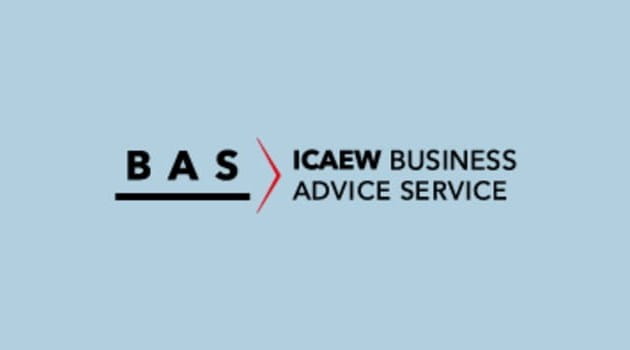For companies and LLPs that are subject to Taskforce on Climate-Related Financial Disclosures (TCFD) reporting requirements, climate scenario planning is now part of the reporting process. Even for organisations of this scale, it has been shown to be much more challenging than setting commitments.
Connor O’Sullivan, MSc candidate in Environmental Technology at Imperial College London and former sustainability strategist at ESG reporting specialists Radley Yeldar, says that climate scenario analysis has value for all businesses, not just those subject to the new disclosure requirements.
“There’s a huge gap between ambition and action at larger companies. Scenario planning will help to bridge that. For SMEs, or any type of organisation, it can build resilience and preparation for different outcomes,” O’Sullivan says. “Given the huge complexity of climate dynamics – with tipping points, feedback loops and carbon pathways, which are not always fully understood or are currently changing – there’s no way of accurately predicting how it will play out. But resilience is more important than accuracy.”
Climate scenario analysis and why it matters
Climate scenario analysis is an evolution of scenario planning, a tried-and-tested tool to help businesses plan for different future states. In essence, it examines the risks and the opportunities that different levels of climate change present to a business and its markets. It then describes how the organisation will act in different scenarios. As O’Sullivan says: “It’s a tool to imagine possible impacts. How do we project them and then reverse engineer how we would act from where we are now?”
For SMEs, O’Sullivan sees a range of benefits from climate scenario planning. “It helps businesses to understand their resilience to different kinds of climate impacts, and to manage climate-related risks and opportunities. And as it by necessity involves the whole business, it helps to bridge silos and engage people internally. Finally, of course, it helps drive strategy and decision making.”
Step-by-step climate scenario planning for SMEs
Few, if any, SMEs will have the resources to develop their own climate scenarios on which to base planning and analysis. Fortunately, there are many already developed, by bodies such as the Intergovernmental Panel on Climate Change (IPCC), International Energy Agency (IEA) – and increasingly by business, such as this example from Deloitte and the Met Office.
These can form the starting point for a step-by-step approach to climate scenario analysis.
- Use what’s out there. Using climate scenarios that have already been developed, for example the IPCC, IEA or Network for Greening the Financial System (NGFS) models, saves effort and ensures that your analysis stays close to current scientific thinking. Use a range of scenarios (eg, different levels of warming) to get a diverse set of potential futures.
- Start with qualitative narratives. Once you have settled on climate scenarios, it is much more practical at the outset to use qualitative storylines (eg, changes in customer behaviour or supply chains). Quantitative scenarios may become more achievable over time as the analysis develops and matures, and may be required by current and forthcoming regulations.
- Understand the nature of climate-related risks and opportunities. There is no “one-size-fits-all” in climate scenarios. The impacts of climate change will vary depending on a wide range of variables: your business model and industry; the geographic location of your business and supply chain; your assets and operations; customers; and the structure and dynamics of your markets.
- Decide on responses. Make appropriate adjustments to tactics and strategy based on the analysis of risks and opportunities.
- Ensure governance is in place. Integrate climate scenario analysis into your planning and risk management processes, and assign oversight to relevant stakeholders.
According to O’Sullivan, well-developed climate scenario analysis has several important hallmarks. “It must first be plausible and credible, so basing it on established models is a good starting point. Good plans should also involve cross-functional collaboration – they are an excellent tool for engagement of diverse stakeholders across the business around ESG and climate topics. They should be the start of an ongoing conversation and a genuine catalyst for change. And finally, scenario planning should be constantly re-evaluated to reflect changes in your business and external factors.”
O’Sullivan cites Phoenix and Aviva as examples of “mature” climate disclosures that integrate scenario analysis. “As large financial sector companies, they are required to report more thoroughly than most. But their analysis and disclosures point to a rigour that will become the norm for a wide range of organisations in the future.”
Climate for SMEs
Climate change is affecting businesses of all sizes. ICAEW is aiming to cut through the noise by providing tools and resources for small to medium sized businesses to build resilient business models and get to grips with ESG.

More support for SMEs on ESG
Energy efficiency for business
The Department for Energy Security and Net Zero has launched a campaign to support business in improving their energy efficiency, including: no-cost and low-cost options, as well as potential longer term investments.




